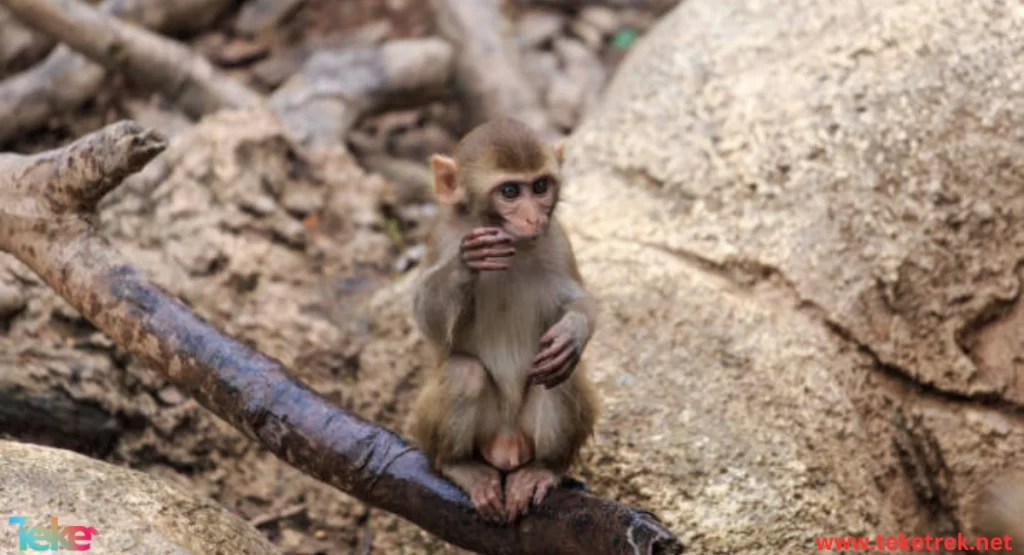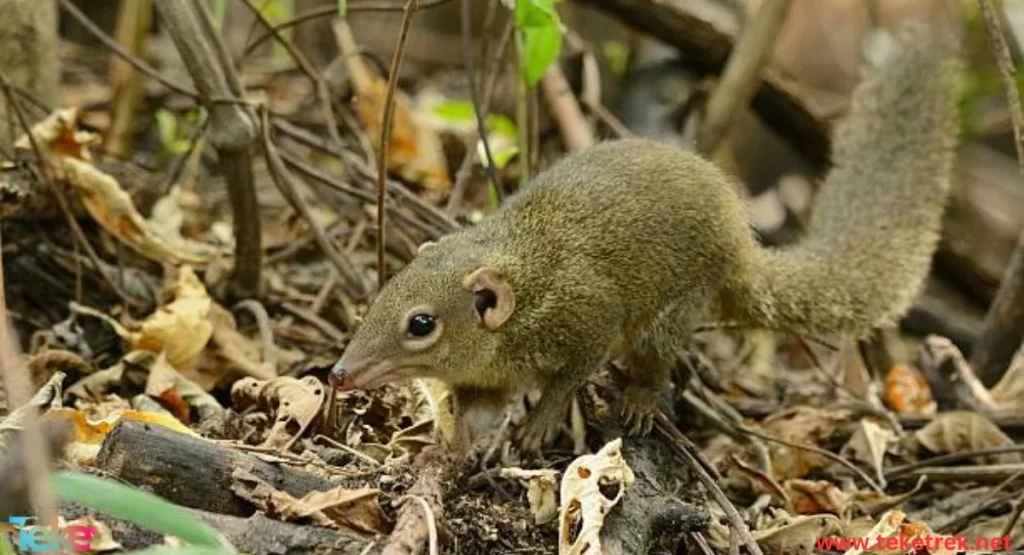Wild animal behavior is one of the most prominent issues that takes up a large part of the interest of environmental scientists and biologists, because it explains the way these organisms interact with each other and with their external environment, and with the enormous biological diversity, we have many behaviors that meet the needs of reproduction and survival.
These behaviors include many needs, including self-defense, searching for food, reproduction and many others. For example, hunting behavior is one of the complex behaviors that require high coordination between individuals in some species.
Understanding these behaviors contributes to knowing the mechanism of ecosystems, and how to benefit from them in protecting wildlife, because it shows us the risks that threaten their lives and find solutions that will maintain the balance of ecosystems. To learn more information, follow us This article is from teketrek .
Understanding the behavior of wild animals: causes and environmental effects
The struggle for survival, searching for food, are daily activities carried out by animals that reflect their ability to adapt to the surrounding environment, in addition to the role of environmental factors in influencing animal behavior such as: the availability of resources, climate and many other factors, so we will mention some examples of animal behavior below:
Survival and adaptation:
Like the camel, which is known as the (ship of the desert) due to its great ability to store water in its body for a long period of time, in addition to its tolerance to high temperatures, these adaptations to the desert environment are one of the amazing models of survival, and we must also point out the polar bear, which is famous for its great ability to adapt to low temperatures, thanks to its thick fur and layers of fat under the skin. Animals’ enemy resistance behavior:
There are many animals that have amazing strategies to resist enemies, including the octopus, which uses camouflage technology to hide from its enemies, as its skin color changes according to the surrounding environment, and it can also release ink that can confuse and escape predators, in addition to the skunk, which secretes a substance with a bad smell when it feels danger. We can say that it is a unique defensive behavior that repels enemies and protects this creature from predators.

How the natural environment affects the behavior of wild animals:
The natural environment plays a crucial role in shaping the behavior of wild animals and their ability to adapt to changing conditions to achieve survival and growth, as this effect is represented in several aspects, the most prominent of which are:
Adaptation to natural resources in the environments in which these wild animals live. For example, we find that animals that live in the desert have developed special abilities to withstand thirst and drought, while those that live in rainforests depend on food and water that are abundantly available in that environment.
The impact of climate and seasonal changes that play an important role in the behavior of wild animals, as changes in temperature and the length of days can lead to changes in behavior, reproduction, migration and food search, and the migration of birds to long distances in search of warmer climates during the cold winter is one of the most prominent examples of this.
- Relationship with other animals: Environmental factors affect how animals interact with each other. In certain environments, there may be intense competition for resources, which creates hostile behavior between these animals, while in other environments, the relationship between animals develops to be symbiotic between different organisms.
- Adaptation to predators: Their presence or absence affects the behavior of wild animals, as some animals develop defensive strategies such as camouflage or aggressive behavior to defend themselves, while others rely on living in groups to reduce the risk of being attacked.
- Human impact on natural environments: Humans affect natural environments by destroying their natural habitats, pollution or even hunting animals, which can affect how animals interact with their natural environment.
https://teketrek.net/mountain-weasel/
Differences between the behavior of wild and domestic animals:
A comparative study between the behavior of wild and domestic animals reveals fundamental differences due to differences in the environment and interaction with humans. Wild animals show their interaction with the environments in which they live, while wild animals reflect the close relationship that appears between them and humans. The most prominent points of the study are as follows:
1- Environment and adaptation:
Wild animals: They depend entirely on themselves to secure food, water, and shelter, as they work to develop complex strategies for survival such as camouflage, migration, and hunting.
Domestic animals: They depend on humans to provide basic needs such as food and shelter, in addition to that we see them tending to adapt to home life and human interaction.
2- Social behavior:
Wild animals: Wild animals interact with their counterparts in their natural environment, as these interactions are characterized by cooperation in hunting to defending the area.
Domestic animals: These animals interact primarily with humans and sometimes with other domestic animals, as they can show a close connection with their owners and depend on them for care and attention.
https://teketrek.net/butterfly-fish-food-habitat-reproduction/
3- Training and Adaptation to Commands:
Wild Animals: These animals rely on natural instincts and skills acquired from their environment to survive, as they are animals that do not receive training from humans.
Domestic Animals: They can be trained to execute commands and adapt to the house rules that have been set for them to show a high response to training based on rewards.

4- Responding to Risks:
Wild Animals: These animals develop defensive strategies to deal with predators and natural hazards, which include camouflage, escape, and sometimes To attack.
Pets: They depend on the protection of their owners and safe shelter, and we can see how they show defensive behaviors for themselves, but they mostly depend on humans to intervene to protect them.
5- Social and emotional intelligence:
Wild animals: These animals have social intelligence that enables them to cooperate and communicate with members of their species to survive, so we see them display complex skills in hunting and defense.
Pets: These animals show high-level emotional abilities and social intelligence that can be observed when interacting with humans, as they can be affectionate and strongly attached to their owners.
In conclusion, we find that by understanding the basics of wild animal behavior, we can explore their ways of life, how they survive, adapt, and the innate intelligence of these creatures. Therefore, studying the behavior of these animals is not limited to satisfying our scientific curiosity only, but contributes to enhancing efforts to preserve biodiversity and protect the natural habitats of these creatures in order to live in harmony on this beautiful planet and protect the environmental and natural resources that Mother Nature provides to all living things, whether humans or animals.






I’m really inspired with your writing abilities and also with the format for your weblog. Is this a paid topic or did you modify it yourself? Anyway keep up the excellent high quality writing, it’s rare to see a nice blog like this one nowadays. !